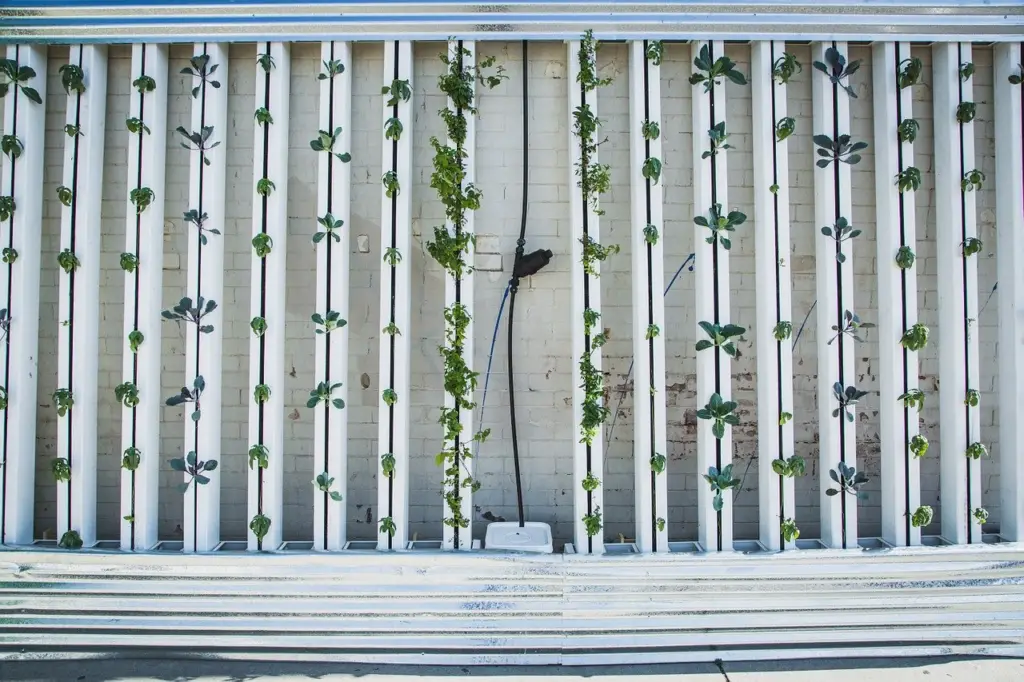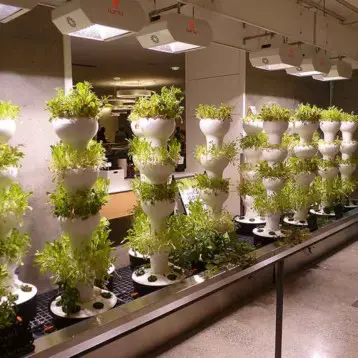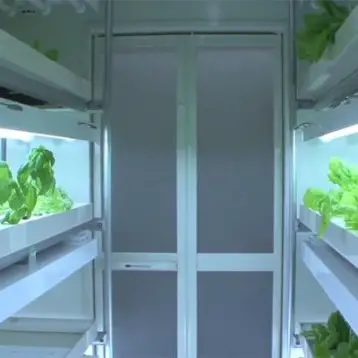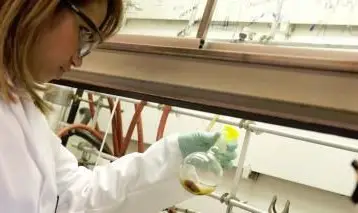
The technological change caused a shift in farming from conventional to container farms. Currently, farming is turning to vertical farms.
The more exciting part is that this time round, key economy participants such as Amazon, Google’s Eric Schmidt are pumping money into the trending farming method.
Since it is a new technology, many investors are still unsure about its profitability. They have several questions on vertical farming’s viability. That is to enable them have a better understanding of the technology.
One of the most typical questions is whether vertical farming is cost-effective. The most straightforward answer is yes. Vertical farming is cost-effective if done on a large scale.
Here, you will find out differences among the core farming technologies in terms of
- initial investment,
- operating costs,
- appreciation, and
- profit margins.
You will find it easier to decide whether to continue your current farming methods or switch to vertical farming after reading this article. Find out more below.
What Is Vertical Farming?
Understanding vertical farming requires finding out milestones of farming.
The traditional form of farming is open field farming. Here, the crops grow under direct sunlight, temperature, and humidity. Also, it does not entail artificial fertilizers.
The second milestone of farming is conventional farming, mainly called greenhouse farming. Here, you design appropriate growth conditions for the crops. For example, you introduce artificial seeds, fertilizers and shield the plants from harsh weather conditions such as an extreme cold.
The increasing scarcity of farming lands and demand for more food has caused many farmers to implement container farming. In container farming, you grow crops in soils in vessels instead of letting them grow in the open fields.
The growing technology has resulted in vertical farming. Vertical farming entails packing and growing crops indoors with the help of vertical farming lighting.
Here, you incorporate energy efficiency and customizability of LED lights— to set color, temperature, and humidity conditions for plants to thrive.
Factors that Lead to Changing Farming Criteria
The core reason for farming evolution is market demand and supply. For example, most consumers need tasty and healthy food. The plants’ growth conditions should not hurt consumer health in the long run.
They should be assured of the availability of food whenever and wherever they need it. Most importantly, the supplier should provide competitive prices.
It is on the price that many farmers question the viability of vertical framing, bearing in mind the massive cost of material needed to operate vertical farms.
Here is a summary of recent findings on vertical farming costs.
Cost Determination
Research tells that vertical farming costs three times to implement than conventional farming. The prices inflate when you cater to initial investment and operating costs.
On the other hand, you can produce twice on a vertical farm than on a convention farm. For example, investing in 70000 feet vertical farm is likely to output 1 million kilograms of vegetables annually.
Depending on market location and pricing, you are likely to propel your profit margin when you sell than in the case of conventional farming.
The more exciting part is vertical farming value appreciates twice a year compared to greenhouse farming.
So, Is Vertical Farming Effective in the Long Run?
From the above figures, you can realize that vertical farming is more profitable on a large-scale application. The appreciating value proves that the market demands its products.
The best part is that it is becoming cheaper due to smart lighting technology that becomes less expensive. What do the above findings imply?
Key Takeaways
The best time to invest in vertical farming is now. Chief economic players are channeling a wealth of money into it.
For example, leading investors such as SoftBank Vision Bank, AeroFarms, and BrightFarms recently pumped more than $200 million into vertical farming.
Large-scale investment, crops’ quick turn, and increasing food demand for the growing population make vertical farming cost-effective.









